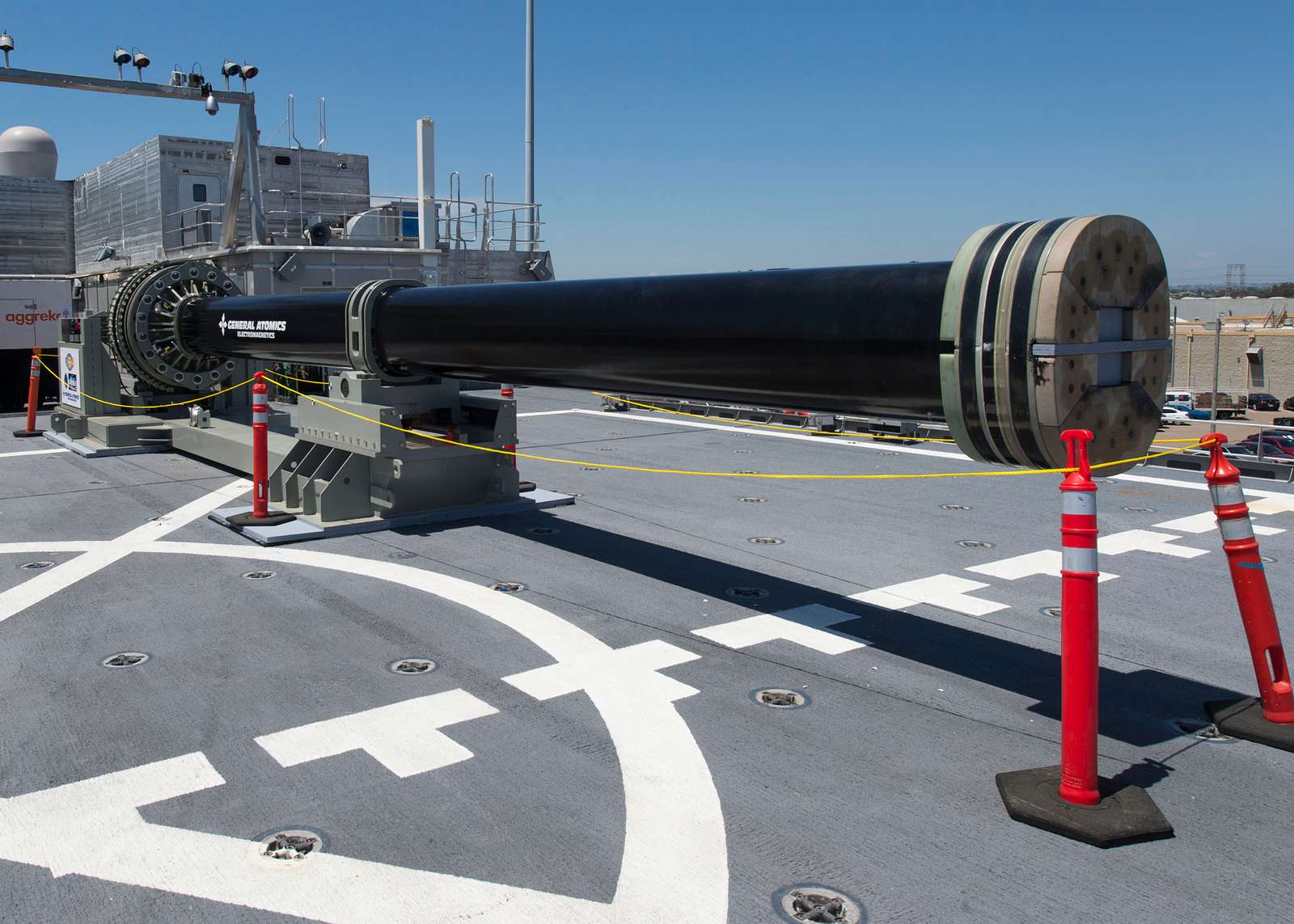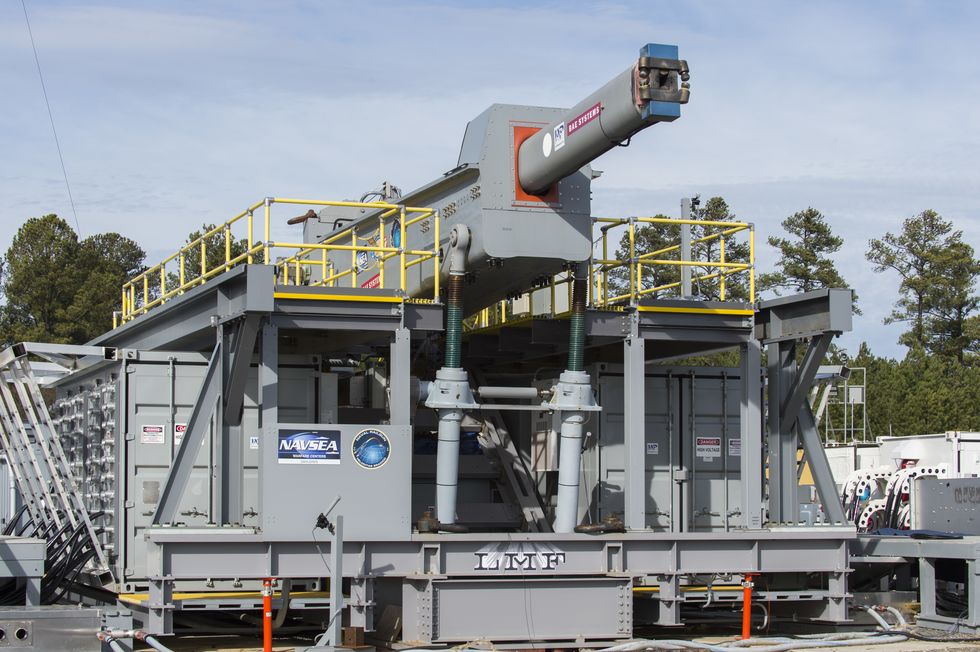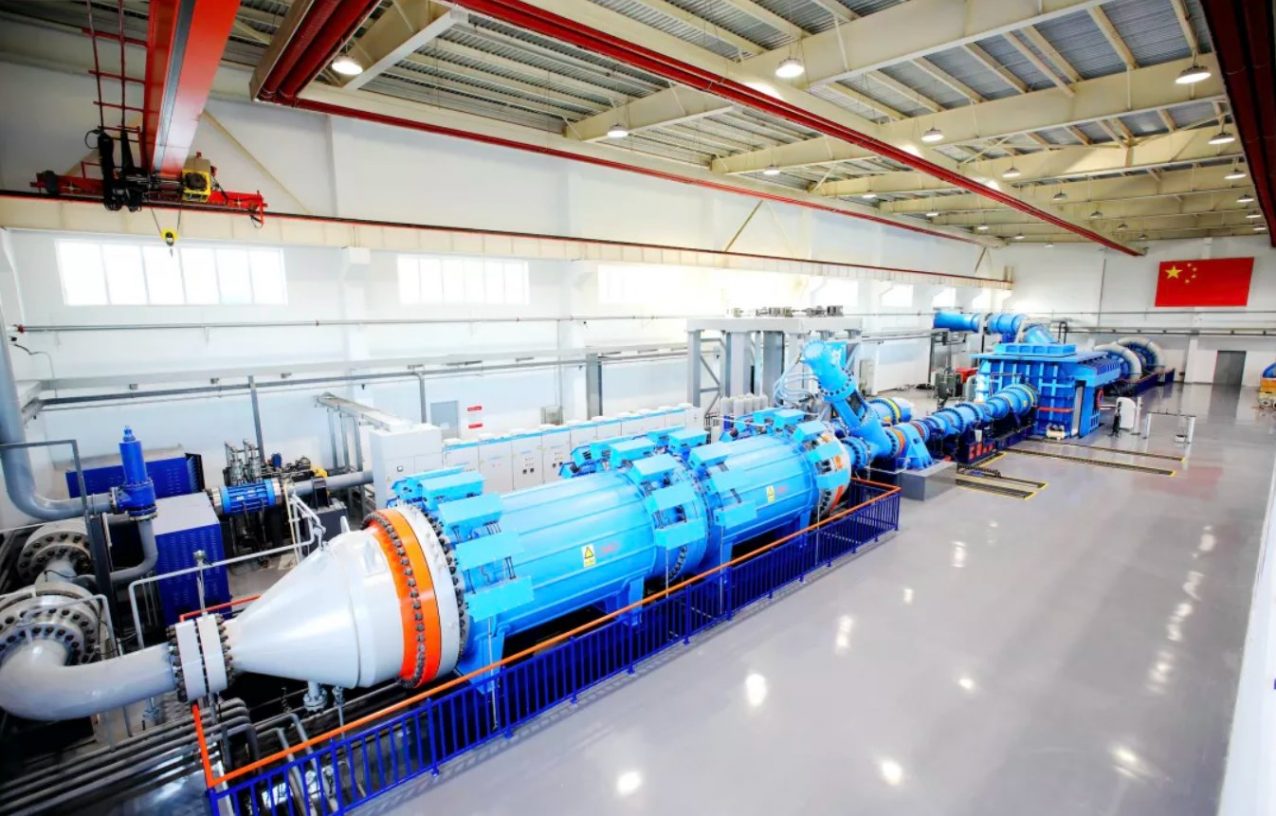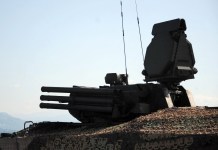Japan’s Ministry of Defense has decided to develop an electromagnetic weapon system to intercept hostile hypersonic missiles.
The move to develop ‘railguns’ comes as Tokyo is contemplating a proper response to the threat posed by hypersonic weapons being developed by neighboring countries including China, North Korea, and Russia, Nikkei Asia reported.
A railgun is an electromagnetic gun that could fire projectiles at Mach 7 — seven times the speed of sound — targeting ships, missiles, and planes. Japan aims to integrate the railgun system with long-range missiles in order to develop extensive interception capability.
China, Russia, and North Korea are all posing big security risks to Japan at the moment. All three countries reportedly have conducted tests on hypersonic weapons.
Hypersonic weapons are seen as the next-generation military armament by Japanese policymakers, who think that the country’s deterrent capabilities, particularly against China, must be bolstered immediately.
A policymaker told Nikkei Asia that Japan is building a railgun system to dissuade missiles from being fired in the first place, rather than intercepting them.

With the likelihood of future conflict in mind, Japan is strengthening its defense capabilities and increasing military readiness. On January 3, Japan Times had also reported that ahead of a scheduled revision of the country’s National Security Strategy later this year, Tokyo will begin discussions on whether it should strengthen the capability to target enemy bases.
The action is intended at bolstering deterrent and response capabilities against China and North Korea, both of which are building advanced, hard-to-intercept missiles.
A Three-Tier Deterrent System
The Japanese government scrapped a plan in 2020 to improve the country’s ballistic missile interception capabilities by adding the Aegis Ashore land-based system to its existing equipment, which included Aegis destroyers and the Patriot Advanced Capability-3, or PAC-3, ground-based system.
The current idea aims to add railgun interceptors to the missile defense system already in place. Long-range missiles are being considered by Japan, which would enable it to unleash projectiles from afar. The systems would work together to form a three-tier deterrent.

The new system would plug the holes in Japan’s missile retaliation capabilities. The Acquisition, Technology, and Logistics Agency of the Defense Ministry has been exploring the fundamental technology underpinning railguns.
The fiscal 2022 budget includes a 6.5 billion yen ($56 million) allotment for the development of prototypes of military-use railgun technology. The system is expected to be ready for utilization in the second half of the 2020s, according to the report.
Moreover, Tokyo is considering using the advanced material technologies of Japanese companies to increase the speed of the bullets that require to be made from a strong material that is a good conductor of electricity.
Why Is Japan Considering Railguns?
Hypersonic weapons are being developed at a rapid pace by Japan’s rivals such as China and Russia. Japan’s geographical location puts it in close proximity to the three key countries developing hypersonic weapons, so it will be understandably concerned to be prepared in the event of aggression from them.
Russia recently test-fired around 10 new Tsirkon (Zircon) hypersonic cruise missiles from a frigate and two more from a submarine. Russian President Vladimir Putin called the missile test “a big event in the country’s life,” and said it was “a substantial step” in improving Russia’s defense capabilities.
China has also claimed to have developed heat-seeking hypersonic missiles ahead of the US, which could target aircraft carriers and moving vehicles. Meanwhile, North Korea stated last September that it fired a missile into the Sea of Japan and that it was a hypersonic device.

Existing intercept missiles can only travel at a maximum speed of 1,700 meters per second. Electromagnetic railgun interceptors are predicted to achieve speeds of over 2,000 meters per second. A prototype attained a speed of roughly 2,300 meters per second during the research stage.
While the US has reportedly abandoned a railgun project without even sending a single weapon to sea. Japan, on the other hand, is hopeful that the weapon will be able to intercept hypersonic weapons. Railguns are capable of firing interceptors at different speeds. Operators can change the speed of an interceptor by adjusting the amount of electrical power they utilize. Moreover, railguns are also stealthy due to the small size of their “bullets”.
Despite its many advantages, the railgun has certain flaws for which Japan must find a solution. During the development phase, the US military uncovered flaws that made the weapon more of a nuisance than a useful tool.

Although it is still less expensive than a missile, the rounds are costlier than anticipated since they require more complicated navigation systems to avoid being rendered unusable by a simple GPS jammer.
Maintenance and power generation are also major issues. To fire the cannon, it takes a lot of power, and the sheer force of shooting hypervelocity bullets soon wears down the barrel. After a few hundred bullets, the barrel would most certainly need to be changed, limiting the gun to a single engagement.
- Contact the author at ashishmichel@gmail.com
- Follow EurAsian Times on Google News




